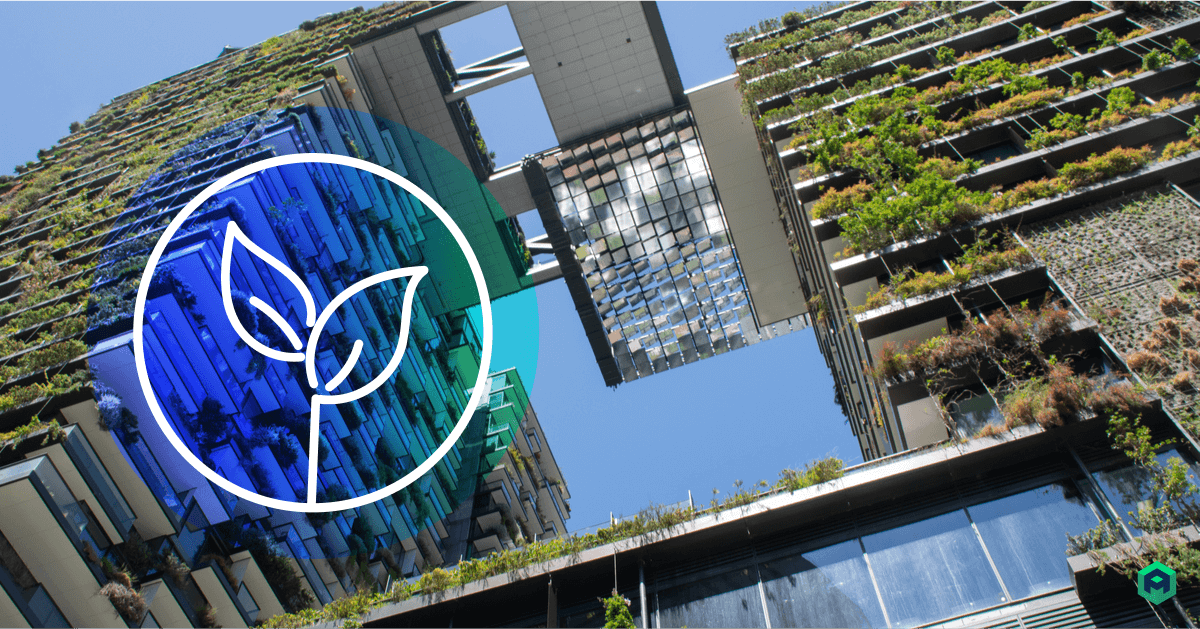With an ever-increasing awareness and growing urgency to address climate change, it’s essential we all do our part. Besides, Australian building codes are also catching up with the times to reflect modern, sustainable building standards. Advances in technology and engineering have yielded a number of ways to cut down on the impact buildings have on the environment. What is sustainable real estate development? It’s more than solar power; there are a multitude of ways in which we can care for our environment and cut down on the running costs of our homes, commercial properties, and various other forms of real estate. Building sustainable real estate is a win-win situation.
What Is Sustainable Development?
Sustainable construction refers to the development of buildings that are not harmful to the environment and do not deplete natural resources. The aim of sustainable real estate development is to support the long-term ecological balance of the environment. To tackle climate change, Australia aims to introduce net-zero energy and net-zero carbon buildings by 2030, and by 2050 all buildings need to achieve net-zero emissions. Through effective airflow, quality insulation, and energy-efficient lighting, among other methods, sustainable construction can become a reality.
Sustainable Real Estate Development Methods
Sustainability doesn’t only speak to reducing energy consumption; it also relates to the materials used and how the building is designed. Through careful design, buildings can offer better airflow, reducing the need for air-conditioning. Choosing materials such as sustainably grown wood–like bamboo–over less thoughtfully produced timber can have a big impact. Cement is another material that is not environmentally friendly – cement production is responsible for 8% of global emissions. Cement can be traded for various materials such as timbercrete, AshCrete, ferrock, hempcrete, and recycled plastic, among others.
More than the structure of the building, developers can add tinting to windows to keep buildings cooler in summer, solar panels or other methods of energy generation to subsidise the electrical usage, and energy-efficient lighting. Going further still, these buildings can include onsite waste treatment and food production for additional sustainability.
More Reasons to Build Sustainable Real Estate
According to the World Green Building Council, buildings are responsible for over 40% of global greenhouse gas emissions. Governments the world over have been criticised for not doing enough to combat emissions, so the public has become a driving force in the movement, which has led to a growing demand for sustainable real estate. Businesses and individuals are preparing to make the change and develop property that meets the Australian government’s new and changing building codes. Many homes are not sustainably built. Often, getting these homes up to scratch is a lot of work and a big financial commitment, which is why many are looking for homes and businesses that already consider the environment. Real estate developers are wise to bear this movement in mind when building for the sake of the longevity of their projects.
Sustainable real estate development is here to stay, and Archistar real estate development software is the perfect solution to sustainable design. Archistar’s in-depth 3D design capability works with various other design packages, and it offers BIM and generative design capabilities, along with Australia’s largest zoning database. Get in touch with us today to book a software demonstration.

